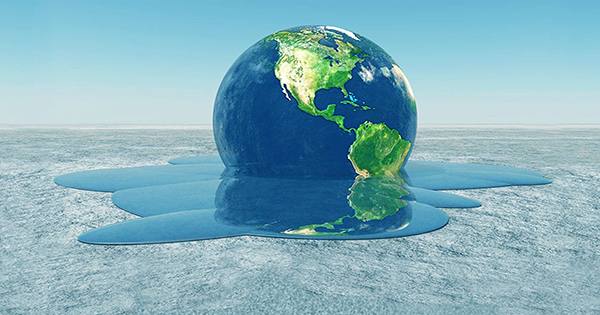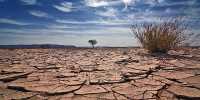The Arctic is warming twice as fast as the rest of the world due to climate change. With these rising temperatures, most of the ice, glaciers, and permafrost in the environment are moving away. Like most of the world’s water, frozen water is known to harbor an incredible amount of microbial biodiversity, from viruses and bacteria to fungi and algae.
Billions of germs are trapped in the permafrost of the arctic, concentrated and suspended in a “deep sleep” for thousands of years. But will climate change soon begin to change that? Raises the question of whether infectious diseases can possibly recur from permafrost and ice cores.
The Yamal Peninsula in the depths of Siberia was notorious for repeated outbreaks of anthrax in the early twentieth century, and the infection became known as the “Yamal Disease.” However, large-scale outbreaks have become a thing of the past for a better understanding of deer vaccination and disease.
However, in 2016 an epidemic broke out again, with dozens of people falling ill as a result of the bacterial infection and at least one boy dying. Officials contended that a heatwave melted permafrost in the area and uncovered the body of an infected reindeer in the Siberian tundra, leading to the shocking title of a “Siberian plague” resurrected by climate change. Although scientists suggested that the outbreak may have been linked to population growth and a decline in deer vaccination in the region, it revived the debate over whether long-lost germs could re-infect humans.
In recent decades, there have been fears that the bodies of people who died in previous epidemics could return to the brink of despair. In the 1950s, scientists discovered the body of a woman who died during the “Spanish flu” epidemic in 1918, buried in Alaskan Permafrost. By 1997, scientists were able to recover enough viral RNA even for a complete 1918 H1N1 strain sequence. Some have expressed similar concerns about the rotting corpses that have been eradicated due to this type of anxiety disorder.
In 2015, French scientists found a 30,000-year-old giant virus dubbed Mollivirus sibericum in molten permafrost in the far northeastern part of Siberia and were able to infect it again by inducing an amoeba infection. It raised a considerable amount of media hype, but many mentioned that there was a fear that the virus could infect humans as they were submerged, as it was only shown in the amoeba infection. There is no guarantee that a recovered bacterium can infect humans or any other mammal.
Beyond the concerns of ancient viruses that become infected with human viruses and other mammals, there are many more specific threats that lead to degenerated permafrost and microbial life. As many have highlighted in recent decades, the question is not how climate change can affect these microorganisms, but how these newly restored life systems can affect the climate. As these millions of microorganisms return to life, they will begin to breathe again, releasing large amounts of carbon dioxide and methane into the atmosphere. It is extremely difficult to predict how this could affect the planet’s atmosphere and climate, but it is clear that leaking permafrost is already releasing significant amounts of greenhouse gases.
One of the ironies of the incident is that it would theoretically deepen the planet’s climate crisis and lead to more melting permafrost.
















